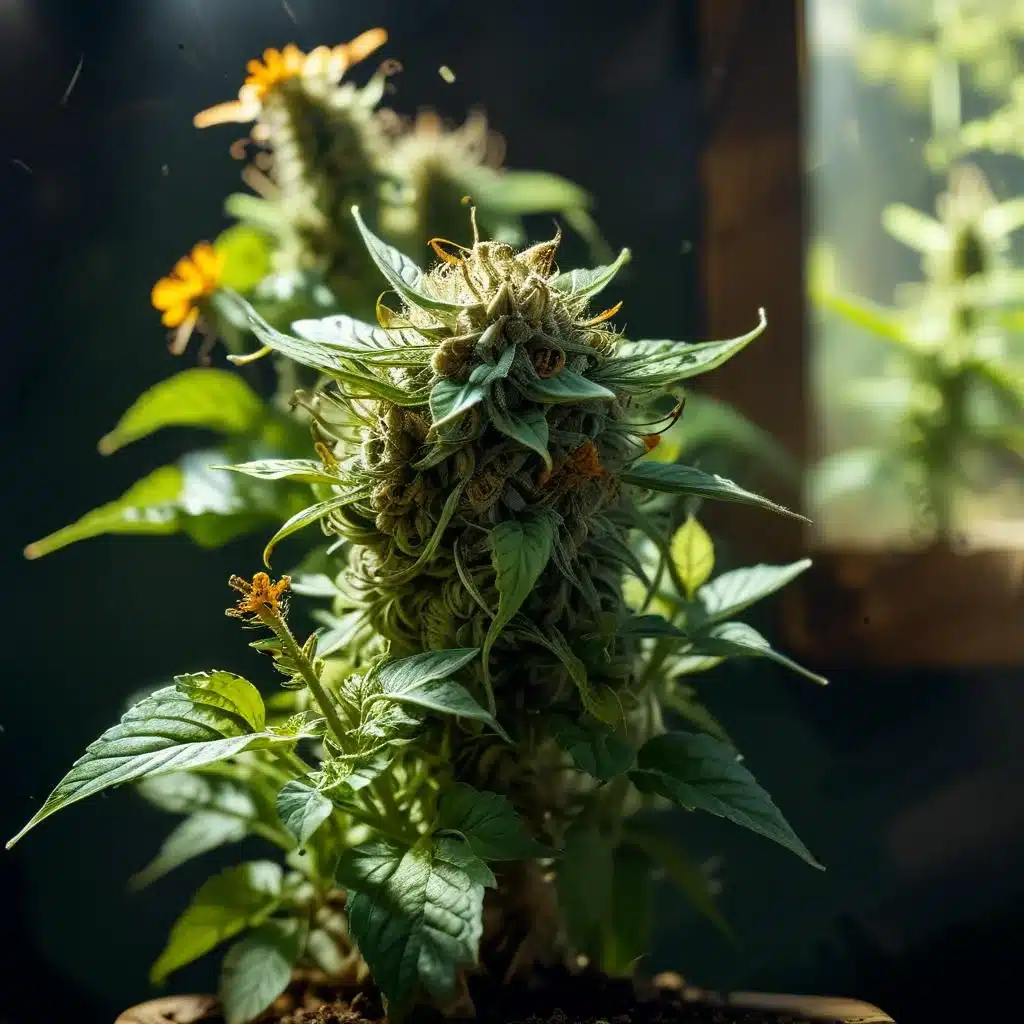Table of Contents
When it comes to growing autoflowering cannabis seeds, one of the key decisions growers face is whether to cultivate them indoors or outdoors. Each environment offers unique advantages and challenges that can impact plant growth, yield, and overall success.
In this comprehensive guide, we’ll explore the differences between indoor and outdoor cultivation of autoflowering seeds, helping you determine which option is best suited to your needs and preferences.
Indoor Cultivation: Controlled Environment, Maximum Yield
Indoor cultivation provides growers with complete control over environmental factors such as light, temperature, humidity, and airflow. This controlled environment allows for precise manipulation of growing conditions to optimize plant growth and maximize yield. Here are some key advantages of indoor cultivation:
Year-Round Cultivation: With indoor growing, growers can cultivate autoflowering seeds year-round, regardless of external weather conditions or seasonal changes. This ensures a continuous harvest supply and flexibility in scheduling planting cycles.
Higher Yield Potential: Indoor environments allow growers to implement advanced cultivation techniques such as high-intensity lighting, hydroponic systems, and carbon dioxide supplementation, which can significantly increase yield potential compared to outdoor cultivation.
Stealth and Security: Indoor cultivation offers greater privacy and security, making it ideal for growers who require discretion or live in areas where cannabis cultivation is subject to legal restrictions or social stigma.
Controlled Pests and Diseases: By growing indoors, growers can minimize the risk of pests, diseases, and environmental stressors that may affect plant health and productivity. Indoor environments can be sterilized and monitored closely to prevent infestations and outbreaks.
However, indoor cultivation also presents some challenges and considerations:
Initial Setup Costs: Setting up an indoor grow space requires an investment in equipment such as grow lights, ventilation systems, and climate control devices. While these upfront costs can be substantial, they are often offset by higher yields and quality.
Energy Consumption: Indoor grow operations consume significant amounts of electricity, primarily due to lighting and climate control requirements. Growers should be mindful of energy costs and explore energy-efficient cultivation practices to minimize environmental impact and expenses.
Ventilation and Odor Control: Proper ventilation and odor control are essential for maintaining a healthy indoor grow environment and preventing unwanted odors from escaping. Growers may need to invest in ventilation systems and carbon filters to mitigate odor issues effectively.
Outdoor Cultivation: Natural Sunlight, Organic Growth
Outdoor cultivation harnesses the power of natural sunlight and environmental elements to nurture autoflowering plants from seed to harvest. While outdoor growing offers certain advantages, it also comes with its own set of challenges. Here’s what you need to know about outdoor cultivation:
Cost-Effective: Outdoor cultivation requires minimal investment in equipment compared to indoor growing. With access to natural sunlight and soil, growers can cultivate autoflowering seeds using basic gardening tools and supplies, reducing operational costs.
Sun-Grown Quality: Outdoor-grown cannabis plants benefit from natural sunlight, which promotes robust growth, resin production, and terpene development. Sun-grown cannabis is often praised for its rich flavor profile, aromatic bouquet, and overall quality.
Environmental Sustainability: Outdoor cultivation is inherently eco-friendly, as it relies on renewable energy sources and minimizes carbon footprint compared to indoor grow operations. Additionally, organic growing practices can enhance soil health and biodiversity, promoting sustainable agriculture.
Space Limitations: Outdoor cultivation may be limited by space constraints, privacy concerns, or geographical factors such as climate and weather conditions. Growers in urban areas or regions with adverse weather patterns may face challenges in finding suitable outdoor growing locations.
Despite its benefits, outdoor cultivation has its share of drawbacks and considerations:
Weather Vulnerability: Outdoor-grown cannabis is susceptible to weather fluctuations, pests, diseases, and other environmental factors beyond the grower’s control. Adverse weather conditions such as heavy rain, high winds, or temperature extremes can damage or destroy crops, leading to yield losses.
Legal and Security Risks: Depending on local regulations and enforcement policies, outdoor cultivation may pose legal risks and security concerns for growers. Unauthorized access, theft, vandalism, and law enforcement intervention are potential issues that outdoor growers may encounter.
Limited Harvest Window: Outdoor cultivation is subject to seasonal changes and daylight variations, which influence the plant’s growth cycle and flowering period. Growers must time their planting and harvesting accordingly to maximize yield and quality within the available growing season.
Choosing the Right Option for You
When deciding between indoor and outdoor cultivation of autoflower seeds, several factors should be taken into account, including:
Growing Goals: Consider your cultivation goals, whether it’s maximizing yield, quality, or cost-effectiveness.
Available Resources: Assess your available resources, including space, budget, equipment, and expertise.
Environmental Conditions: Evaluate your local climate, weather patterns, and outdoor growing potential.
Legal Considerations: Familiarize yourself with local regulations and restrictions governing cannabis cultivation in your area.
Final Thought
Ultimately, the decision to grow autoflowering seeds indoors or outdoors depends on your individual preferences, priorities, and circumstances. Whether you opt for the controlled environment of indoor growing or the natural beauty of outdoor cultivation, the key is to approach each method with care, diligence, and a passion for cultivating premium cannabis.
By understanding the differences between indoor and outdoor cultivation and weighing the pros and cons of each approach, you can make an informed decision that aligns with your vision and values as a grower.


